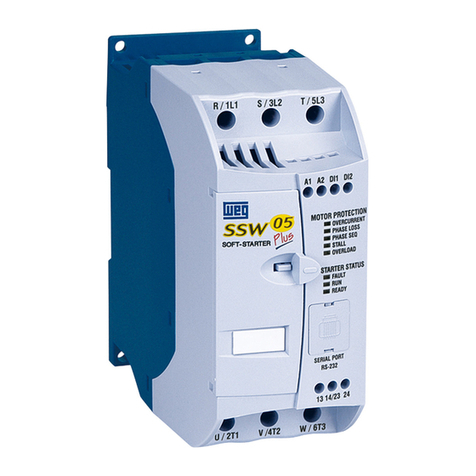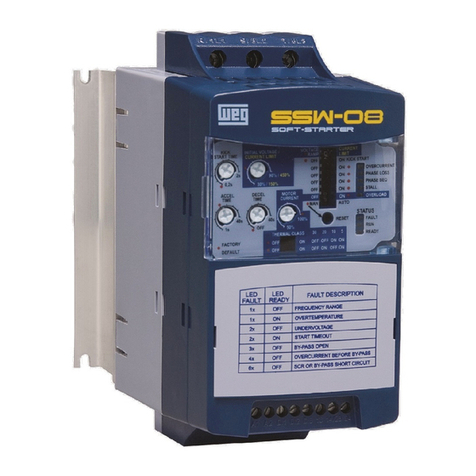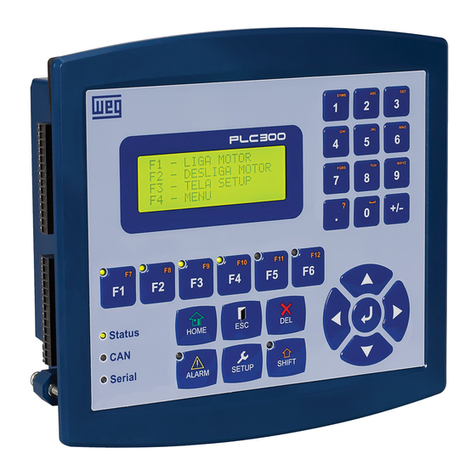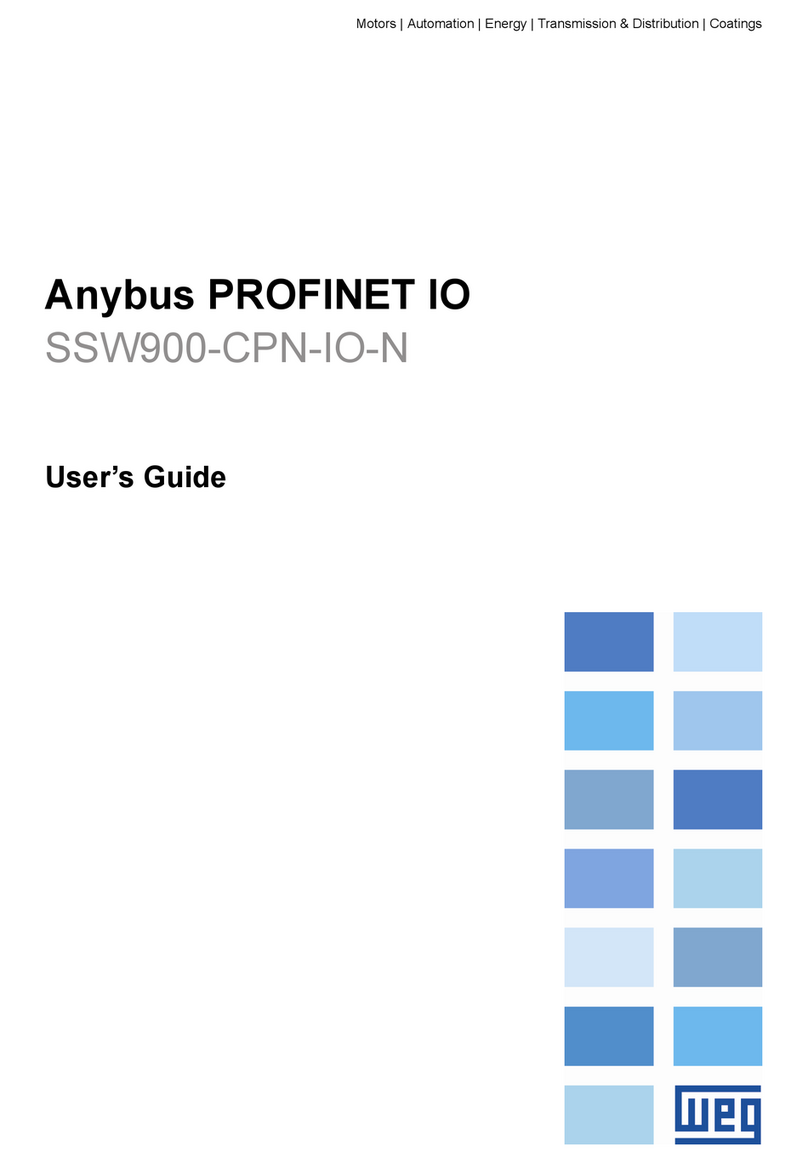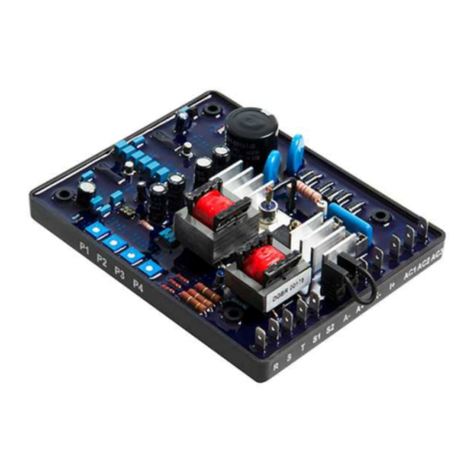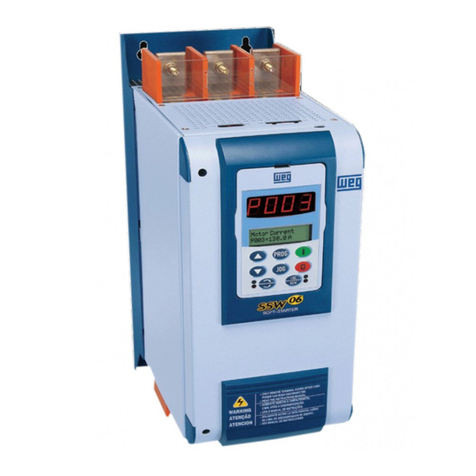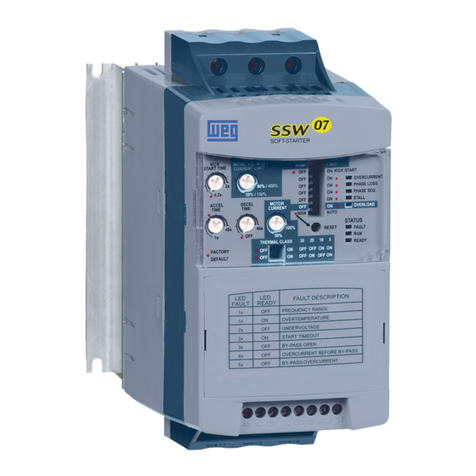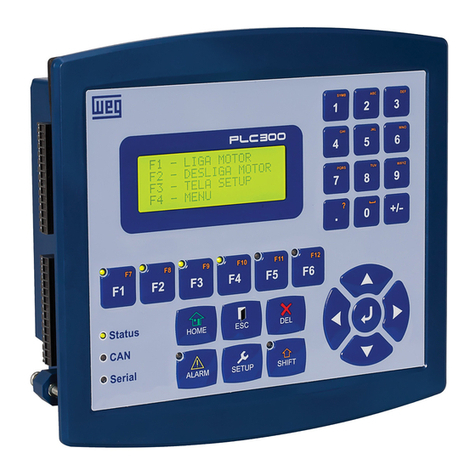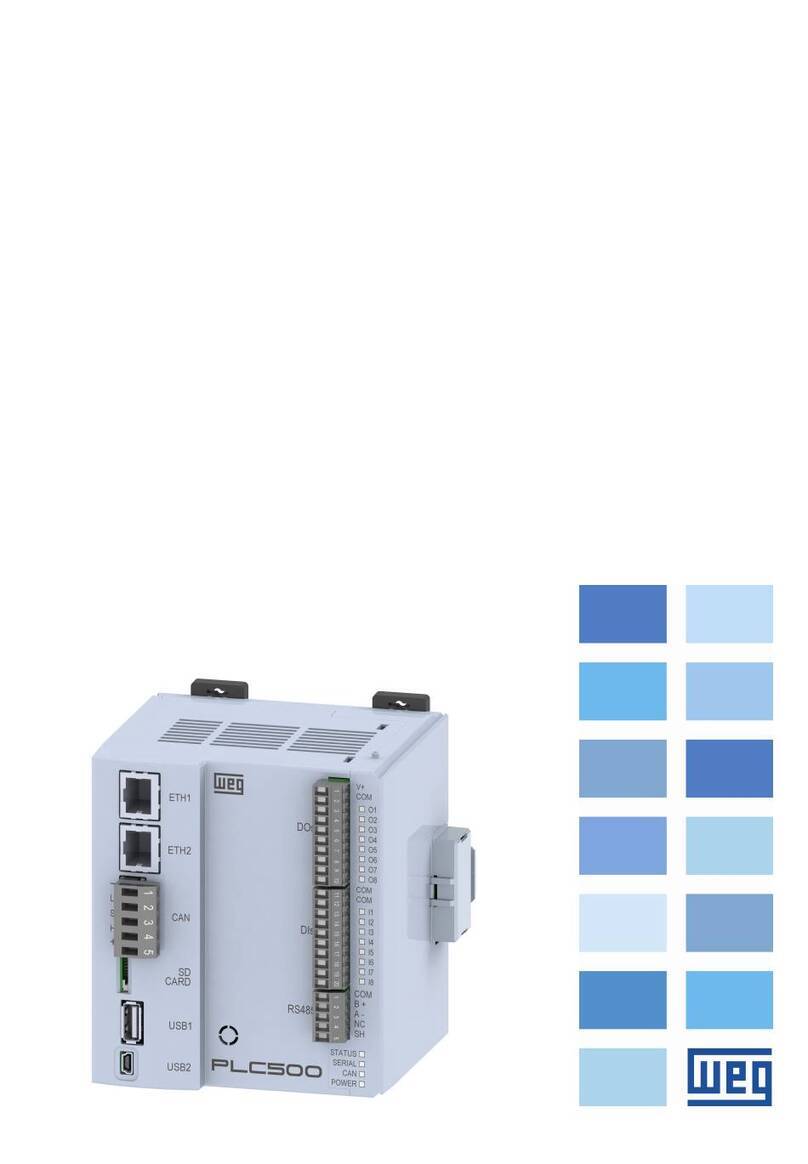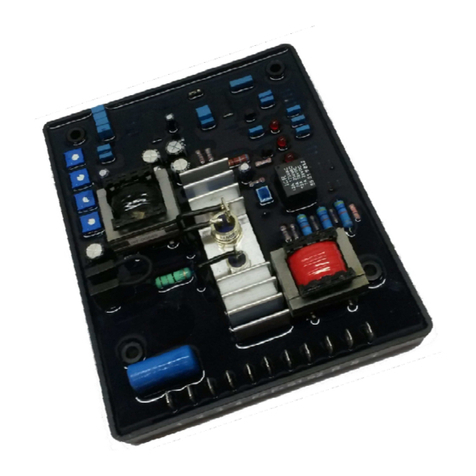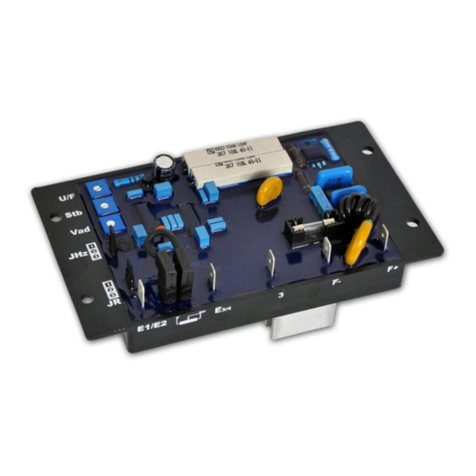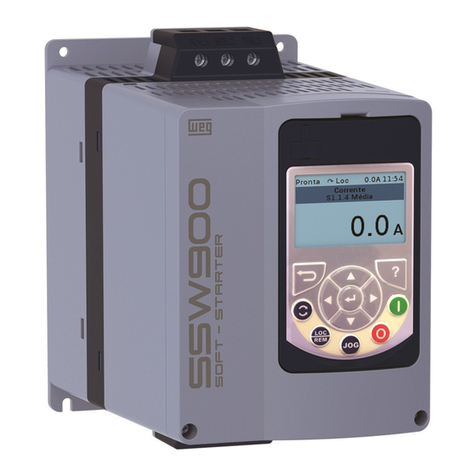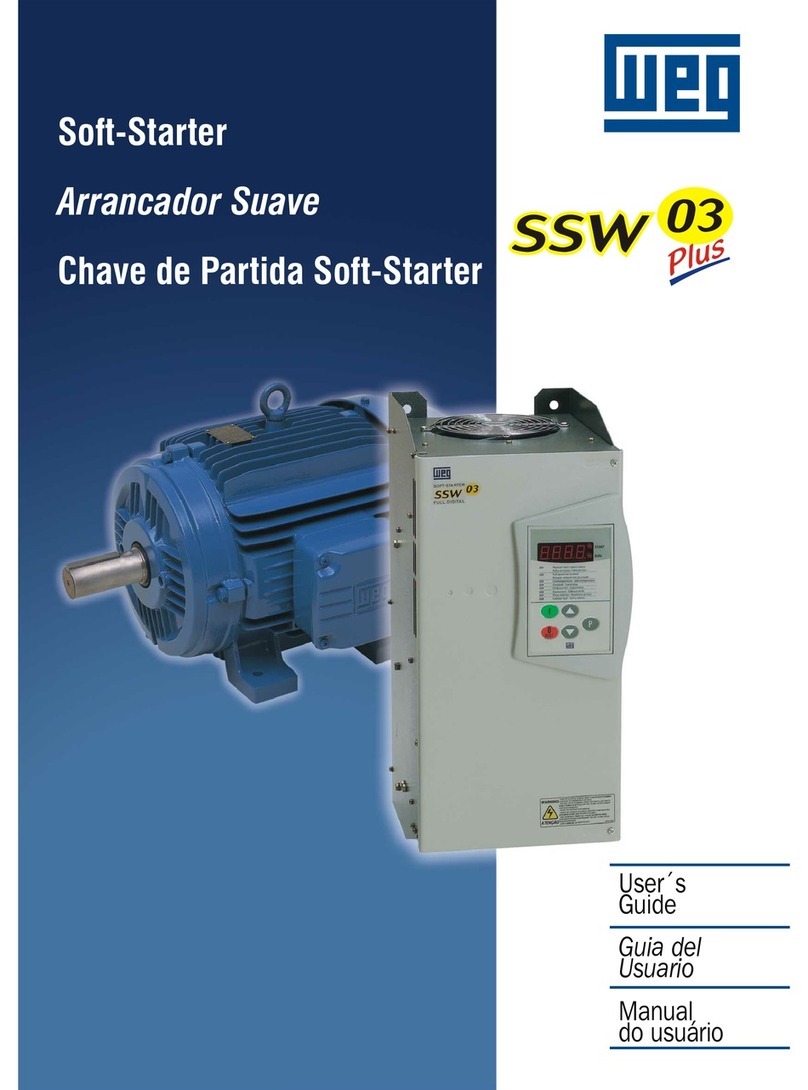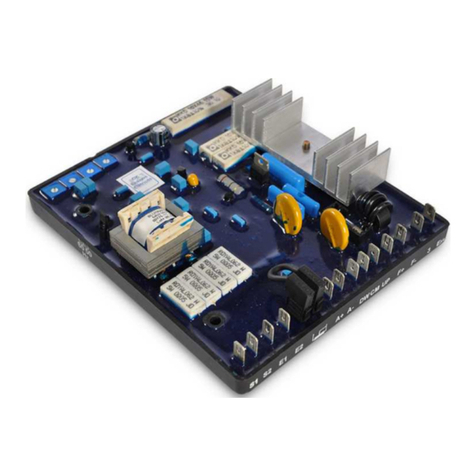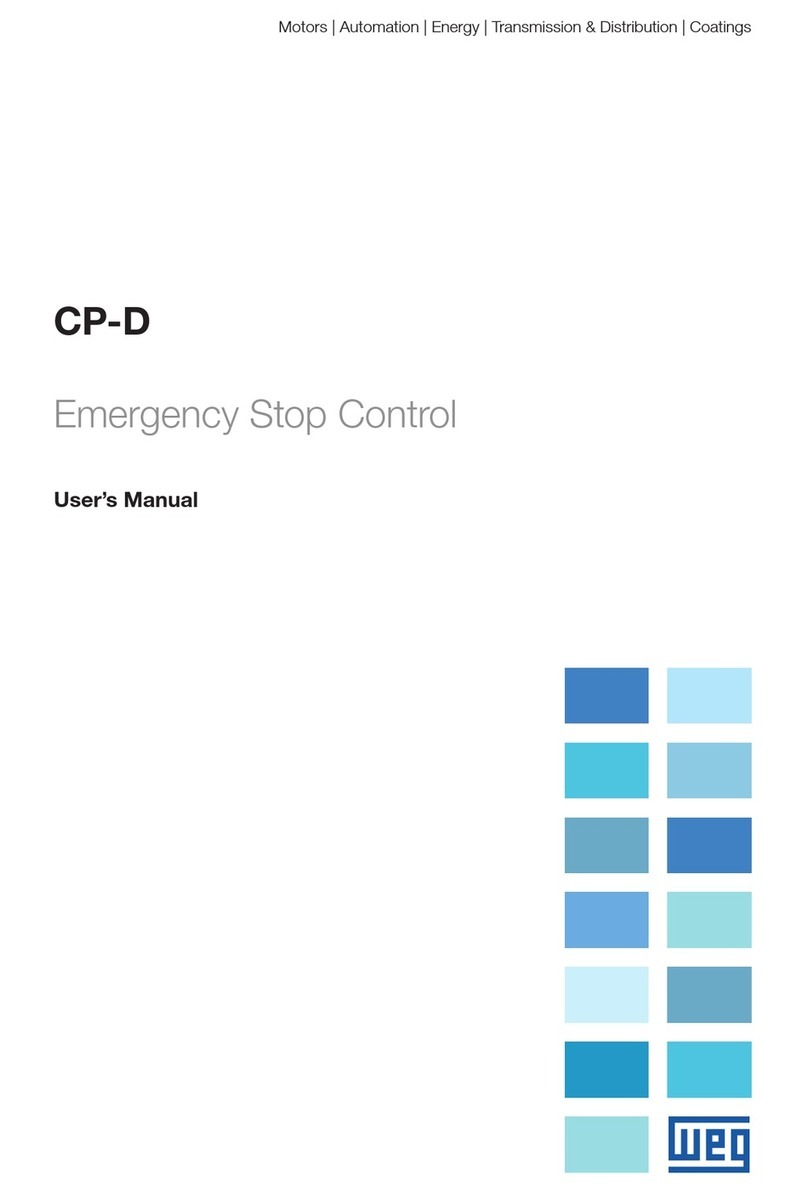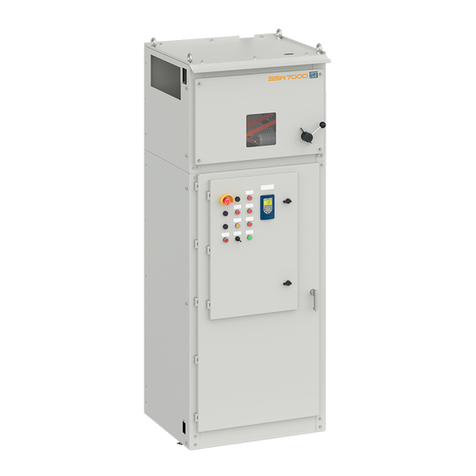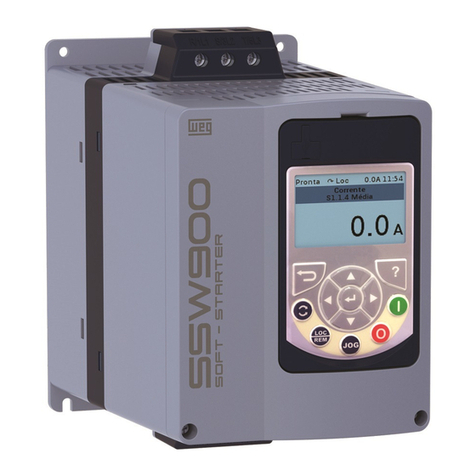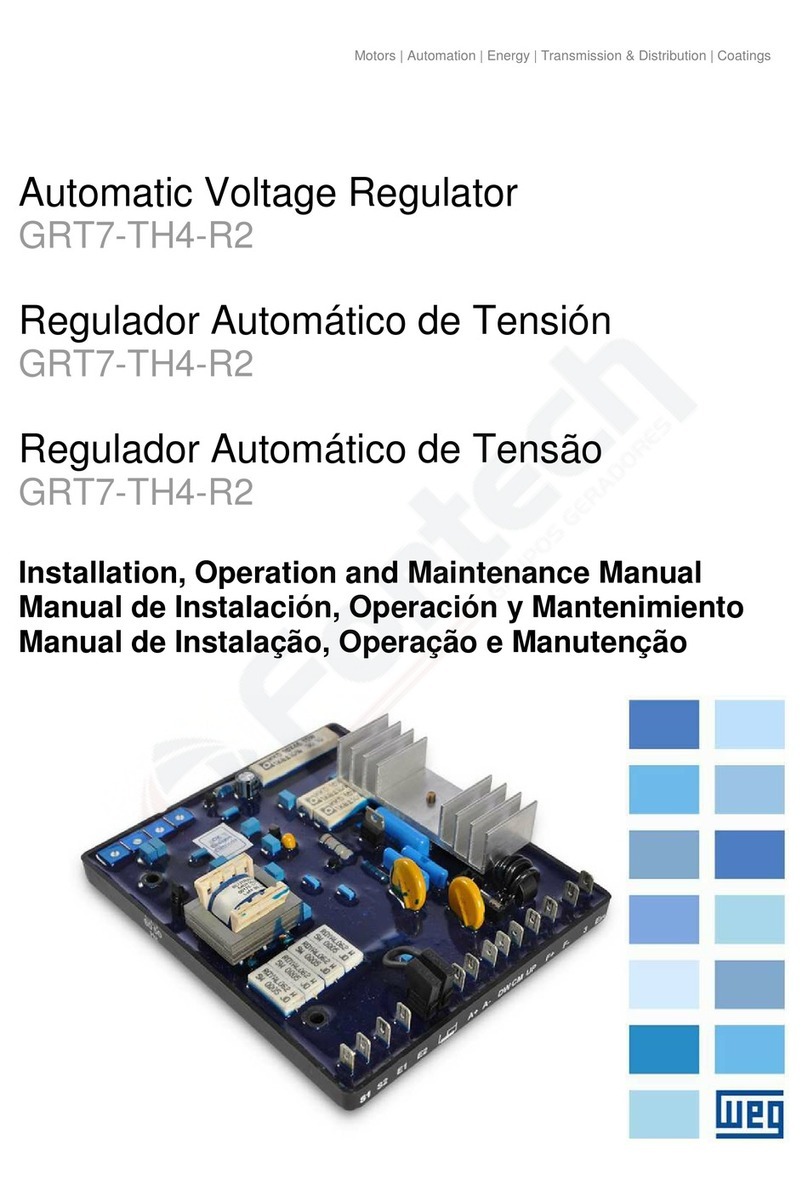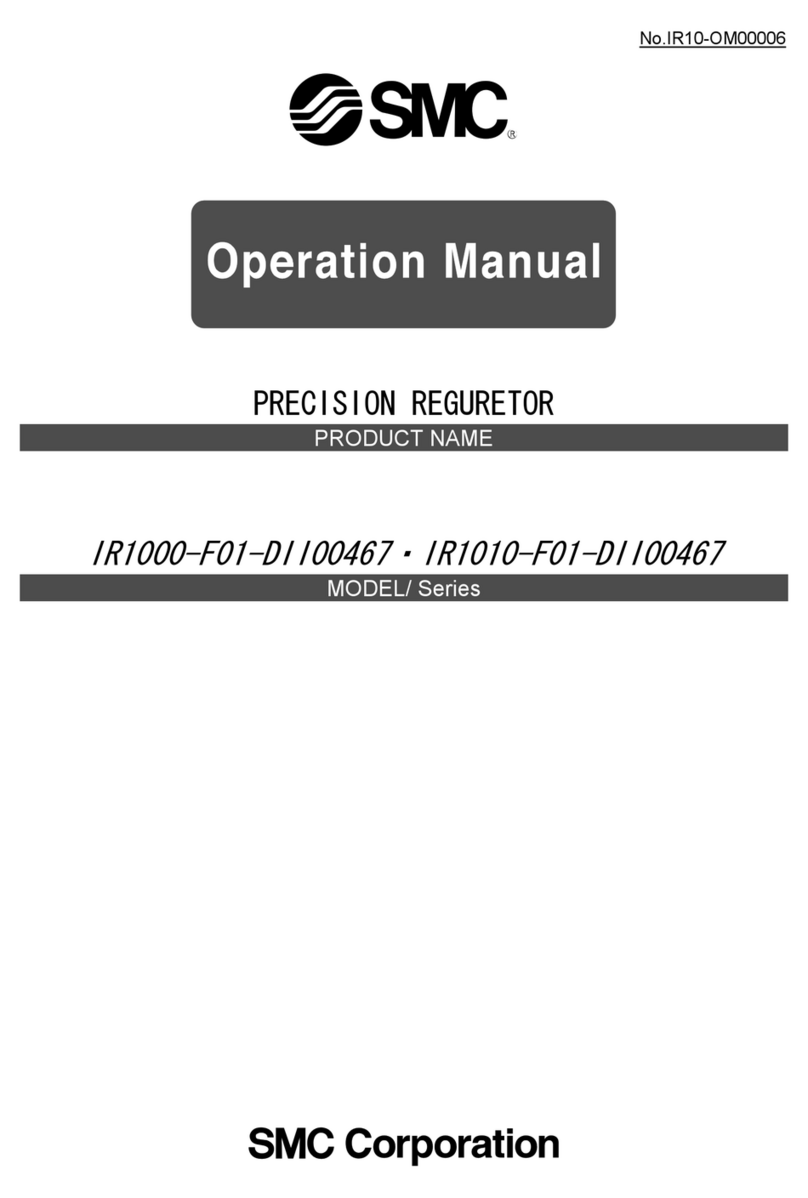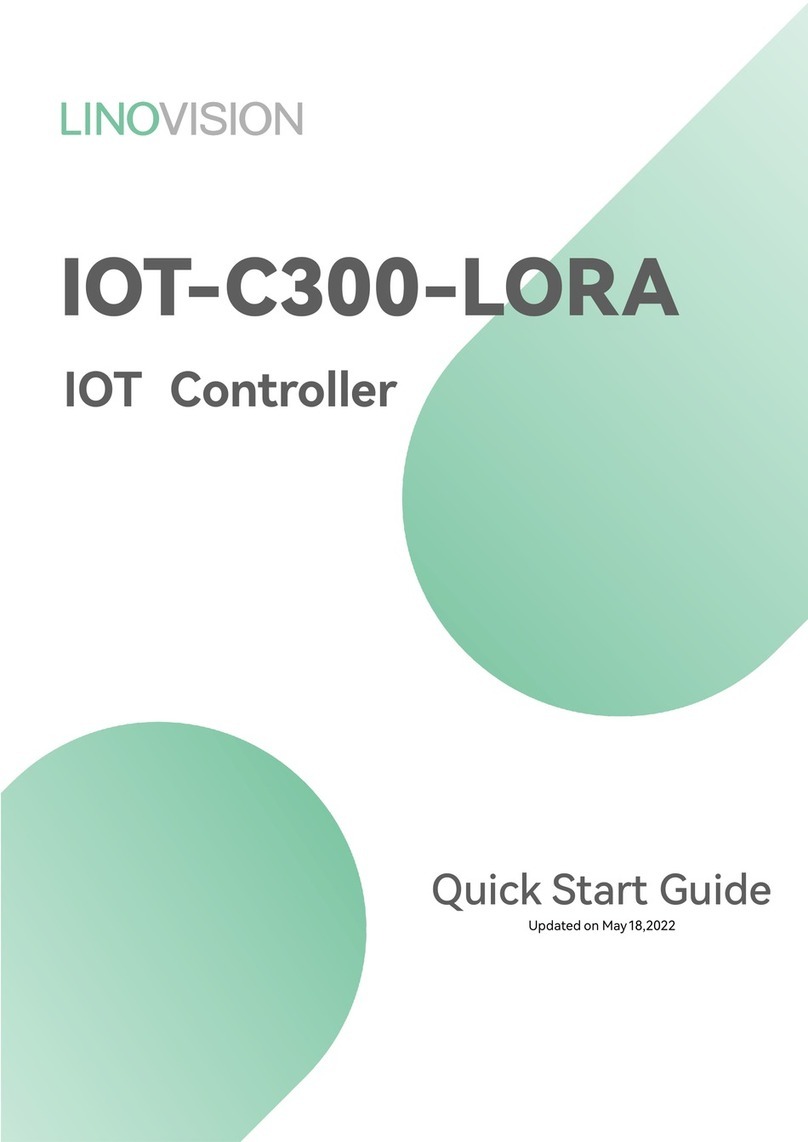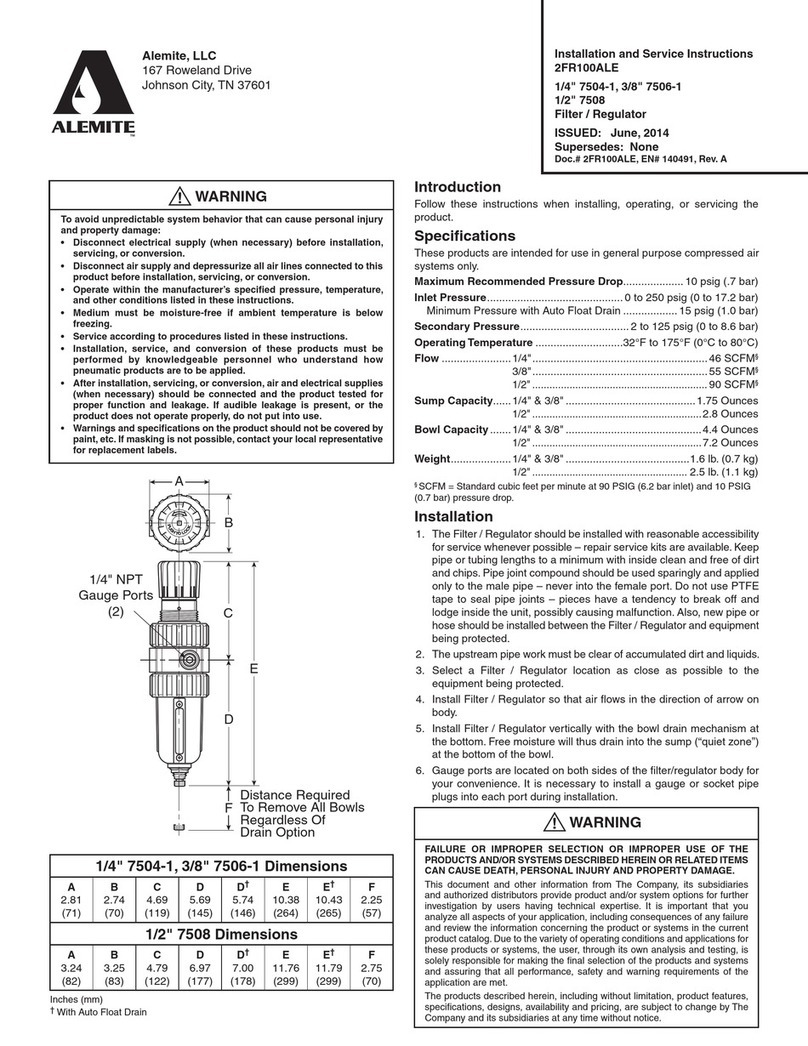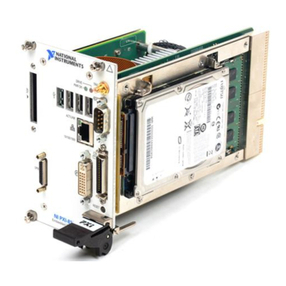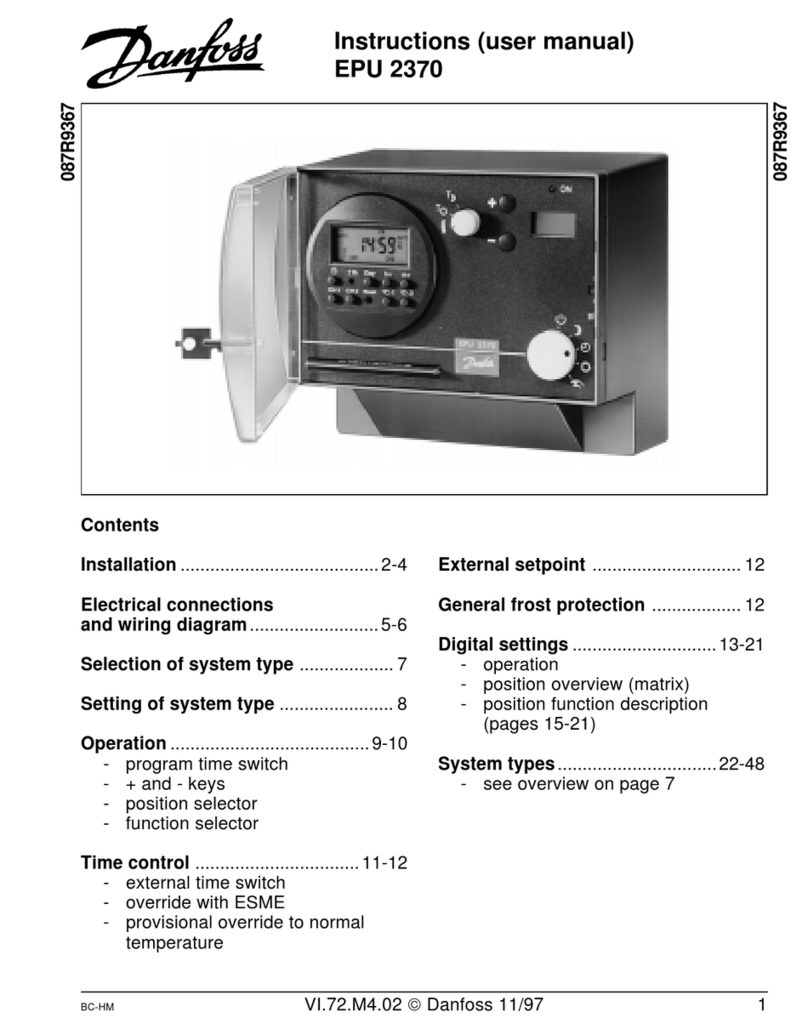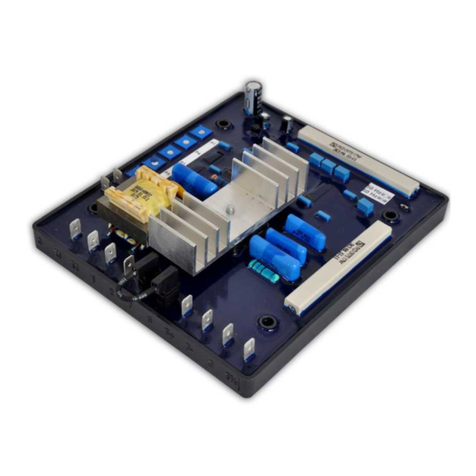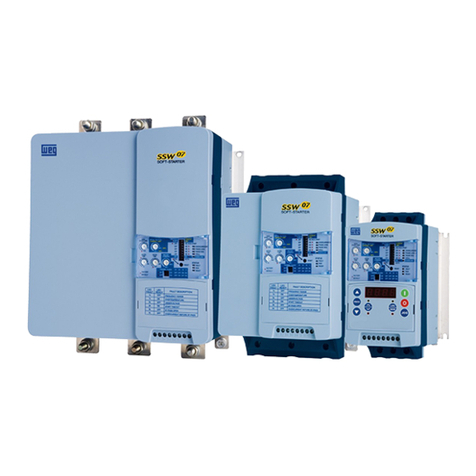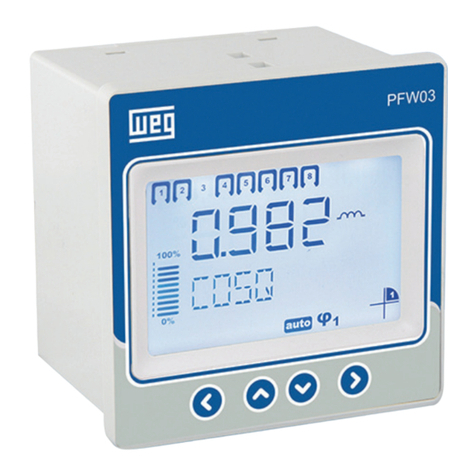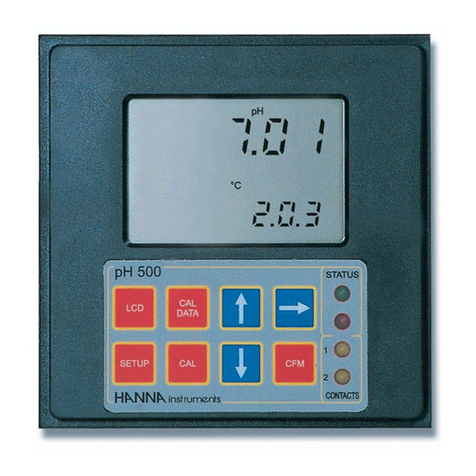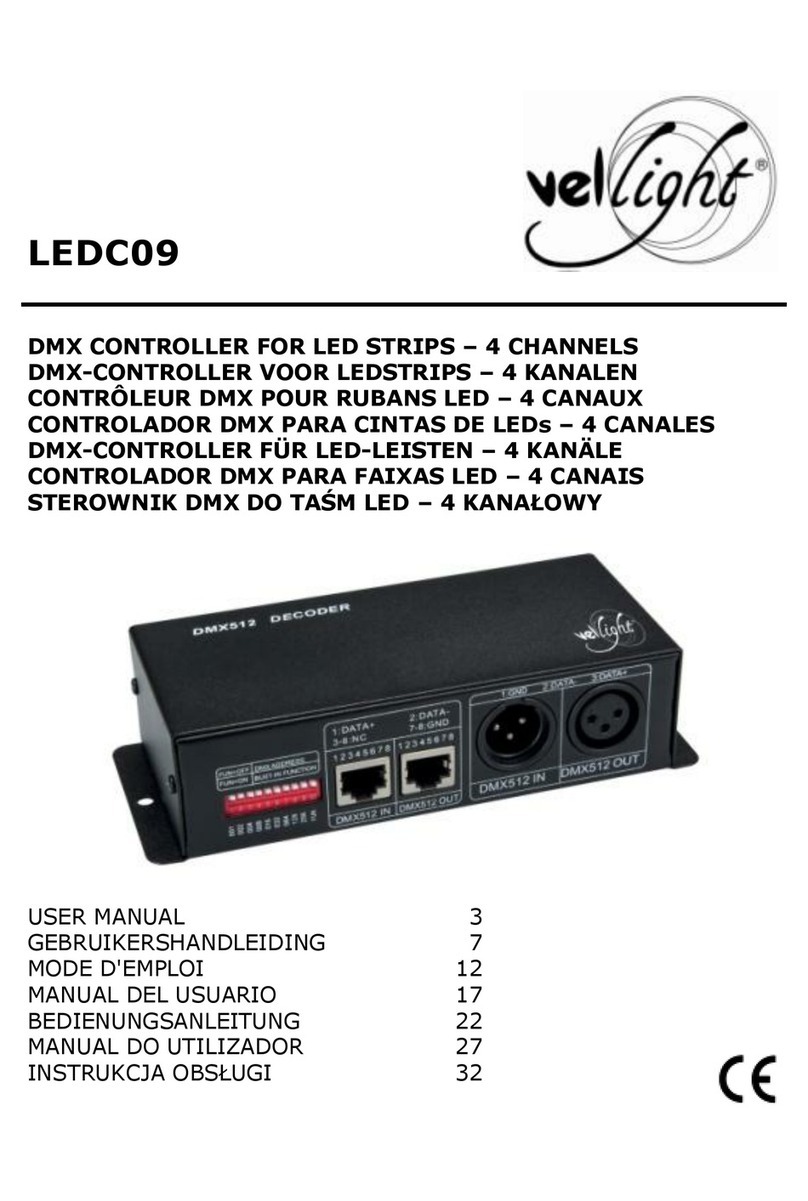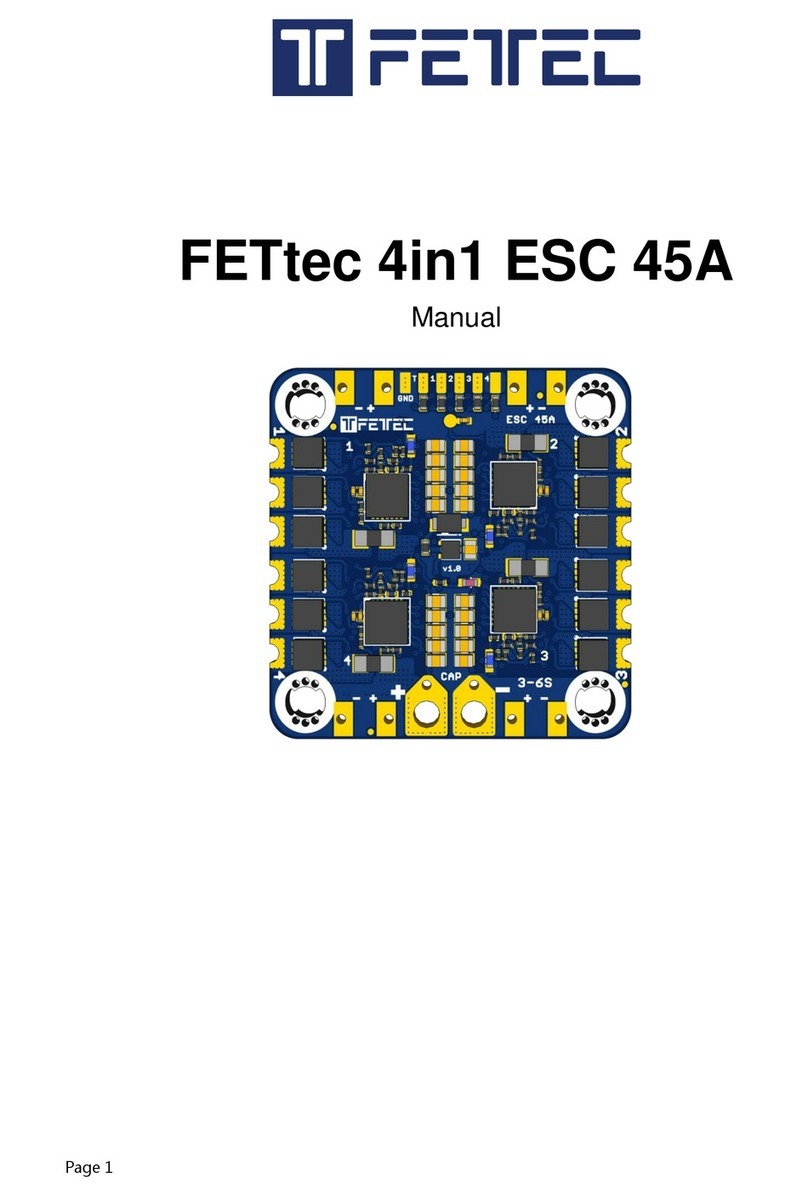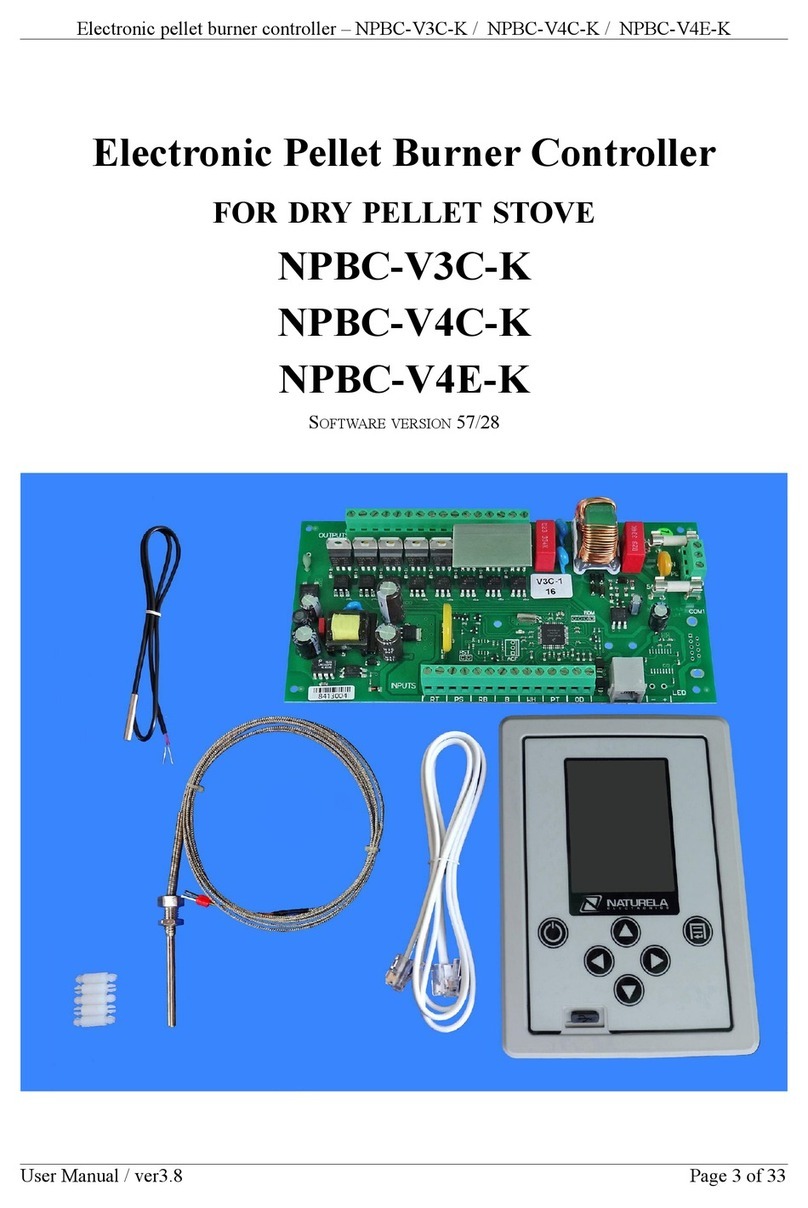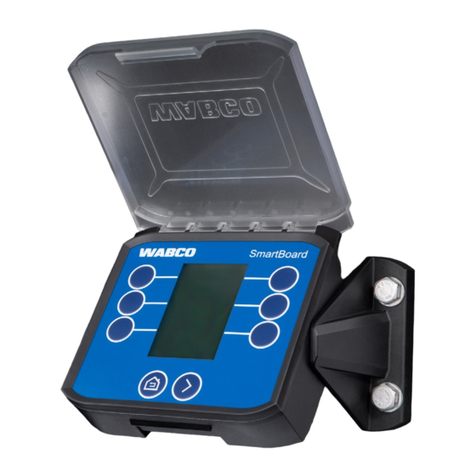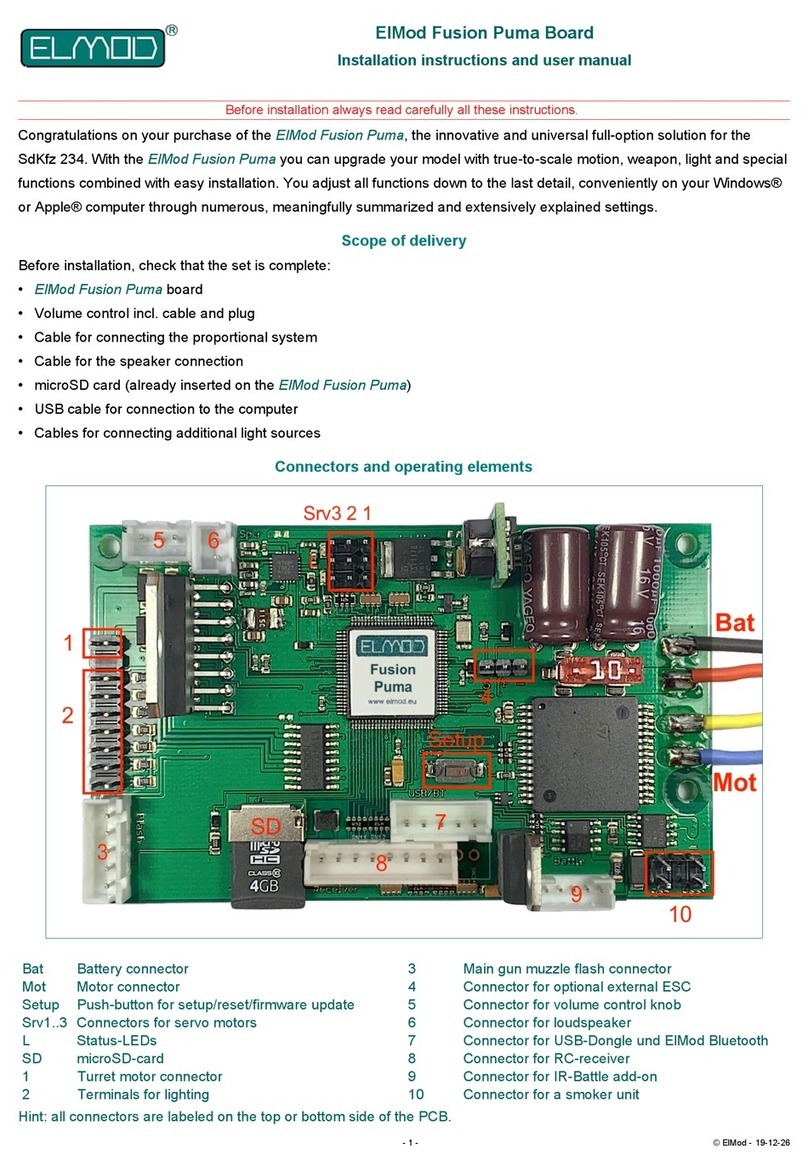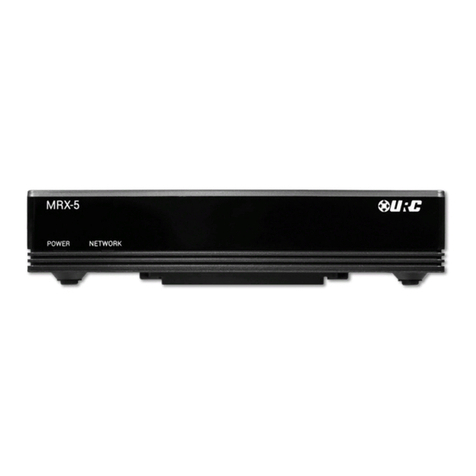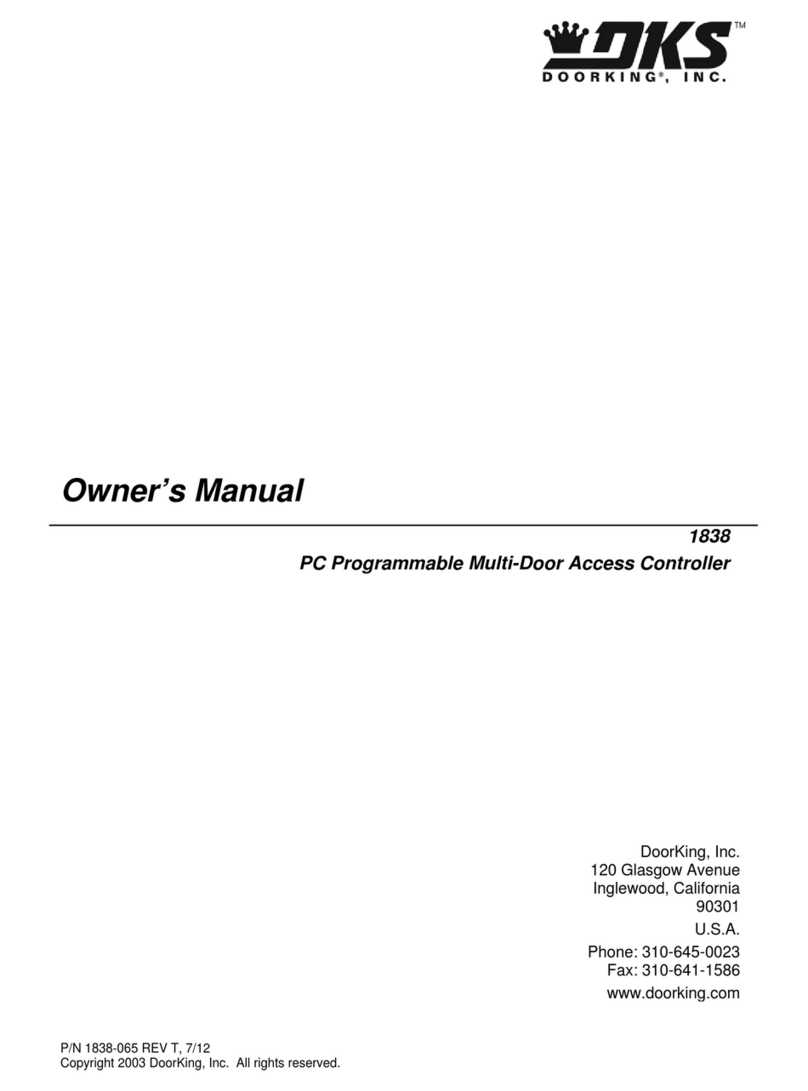
www.weg.net
Automatic Voltage Regulator –GRT7-TH4E / GRT7-TH4PE l 15
9.5 PARALLEL OPERATION FOR TWO OR MORE ALTERNATORS
The reactive compensation method applied is called a phasor diagram (see Figure 9.2), however, its use depends on each
application. Through this diagram, the alternator output voltage signal is measured and compared with the alternator
current voltage. The result of this interaction introduces a sensing error of the actual voltage signal, causing an increase
or a decrease in the alternator voltage, thus maintaining the reactive between the alternators within acceptable values.
The adjustment of this compensation is made through trimpot P2.
In addition to this operating mode in parallel with other alternators, it is also possible to adjust the reactive by varying the
analog input when this signal comes from a controller capable of, through a control loop, controlling the voltage value at
the analog input and thus varying the armature voltage in order to change the reactive to be shared and compensated in
the network of connected alternators.
Figure 9.2: Phasorial diagram
According to the phasor diagram, the sensing voltage is influenced by the current coming from phase S, which is added to
the voltage of phases R and T. The influence is small in module and large in phase, which means that there is good
compensation for reactive loads and a small influence with active loads.
The current transformer (CT) for reactive compensation must be in phase S of the alternator, and the voltage sensing
signal must be in phases R and T.
To make sure the compensation is in the proper direction, proceed as follows:
▪Operate the alternator by itself (isolated from the grid) and apply a resistive load with about 20% of the alternator capacity;
▪After completely rotating the P2 trimpot clockwise (CW), the alternator voltage should decrease.
Rotating back the trimpot completely CCW, alternator voltage should then increase; If this occurs, the CT polarity is correct.
Otherwise, the CT should be inverted.
When several alternators are connected in parallel, this procedure is required to ensure that all the CT’s are properly
polarized.
To ensure the correct polarization of TC, Inductive Resistive loads must be applied, and the system checked for good
response as below.
Resistive Loads: It will not present compensation with resistive load, keeping the excitation current and alternator voltage
constant in the value adjusted via trimpot Vad. In case of compensation, it indicates that TC is in the wrong phase.
Inductive Loads: With inductive load application, it shall present negative compensation, decreasing the excitation current
corresponding to the gain adjusted in the trimpot droop (0 to 15% voltage adjusted in the Vad). If the compensation is
positive, it indicates the TC is inverted.
Capacitive Loads: With application of capacitive loads, it will present a positive compensation, increasing the excitation
current corresponding to the gain adjusted in the trimpot droop (0 to 15% voltage adjusted in the Vad). If the compensation
is positive, it indicates the TC is inverted.
▪Accuracy class of 0,6C12,5;
▪Window or bar type;
▪Transformer ratio will be in/5A or In/1A, where In/xA is the ratio of the TC primary. Ex.: 100/5A, 150/5A, 100/1A;
▪The secondary current can be 5A or 1A, connecting correctly to terminals S2/5A or S2/1A, respectively. Ex: TC 200/1A,
connect the S1 of the CT to the S1 of the regulator and the S2 of the CT to the S2/1A of the regulator;
▪The current in TC primary must be 20% bigger than the nominal current of the alternator;
▪The CT operation frequency must be equal to the alternator frequency;
▪The CT isolation voltage class must be bigger than the alternator output voltage;
▪The CT must support 1.2 x In.
▪The TC is not supplied by WEG.




















